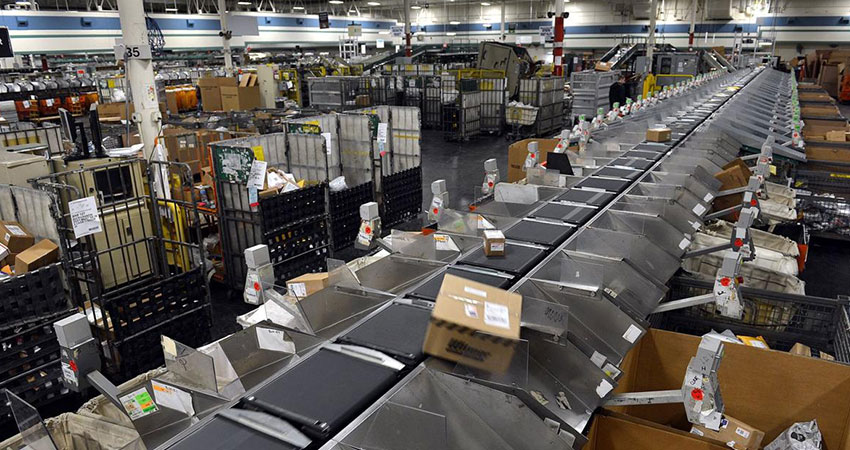The U.S. Postal Service said its projected loss over the 10-year Delivering for America plan has been cut from $160 billion to $70 billion, adding it still expects to reach break-even by 2030, as the USPS has gained relief from the onerous prefunding of retiree health benefits and is authorized to raise rates twice a year.
This deficit reduction will be achieved, the USPS said, despite $3 billion in additional operating costs over the past two years due to inflation.
At the same time, leadership of one of two major postal unions is calling for protests today across the nation over USPS service issues and increasing workforce turnover.
“As we enter the third year of our Delivering for America plan, there is a new energy and vibrancy at the U.S. Postal Service,” said Postmaster General and CEO Louis DeJoy in a release. “As I travel the nation meeting with the great men and women of the Postal Service, it is clear the investments we are making are paying off — and it is showing through our improved delivery for the American people and our business customers.”
In fiscal 2022, the USPS said in touting two-year milestone accomplishments, 95.6% of packages were delivered on time, and an average of 99.9% were delivered in three days or less. And in its most recent performance update, covering April 1-21, the USPS said 98% of of the population received mail and packages in that same window.
Other overhaul agenda achievements cited include: plans to open four new regional processing and distribution centers in 2023 (the first opened in Georgia last fall); increasing its daily capacity to 60 million pieces through installation of new machines; ramping up electrification of its delivery fleet; and converting 125,000 workers to full-time positions since October 2020.
The leadership of the American Postal Workers Union, on the other hand, painted a different picture. The union, representing more than 220,000 USPS workers and retirees and 2,000 private sector postal employees, plans a series of protests today at postal facilities and congressional offices in seven locations about staffing shortages and service failures.
“New hires at the USPS are often treated poorly and many fail to receive proper training, resulting in high turnover,” said APWU president Mark Dimondstein in a statement. “Combine this with the pressures of short staffing, a high volume of mail and packages and abusive treatment by managers, and you have a toxic work environment at many postal facilities and a perfect recipe for mail being delayed.”
Consumer protests over USPS delivery delays and service cancellations have cropped up in places like Minnesota, Kansas and Colorado, prompting action from some members of Congress. USPS officials say they’re aware and working to address the issues.
The APWU cited a report this month from the USPS Office of the Inspector General (OIG) that pegged the agency’s turnover rate at 58.9% in 2022, up from 38.5% in 2019. The top three reasons cited in exit interviews from 2019 to 2022 were “lack of schedule flexibility” (20%), “did not like supervisor (15%) and “worked too many hours (14%).
DeJoy said last year the USPS plans to shed 50,000 positions over the course of the Delivering for America plan, mostly through attrition and retirements, while postal unions are calling for adding workers to address performance issues and churn.

